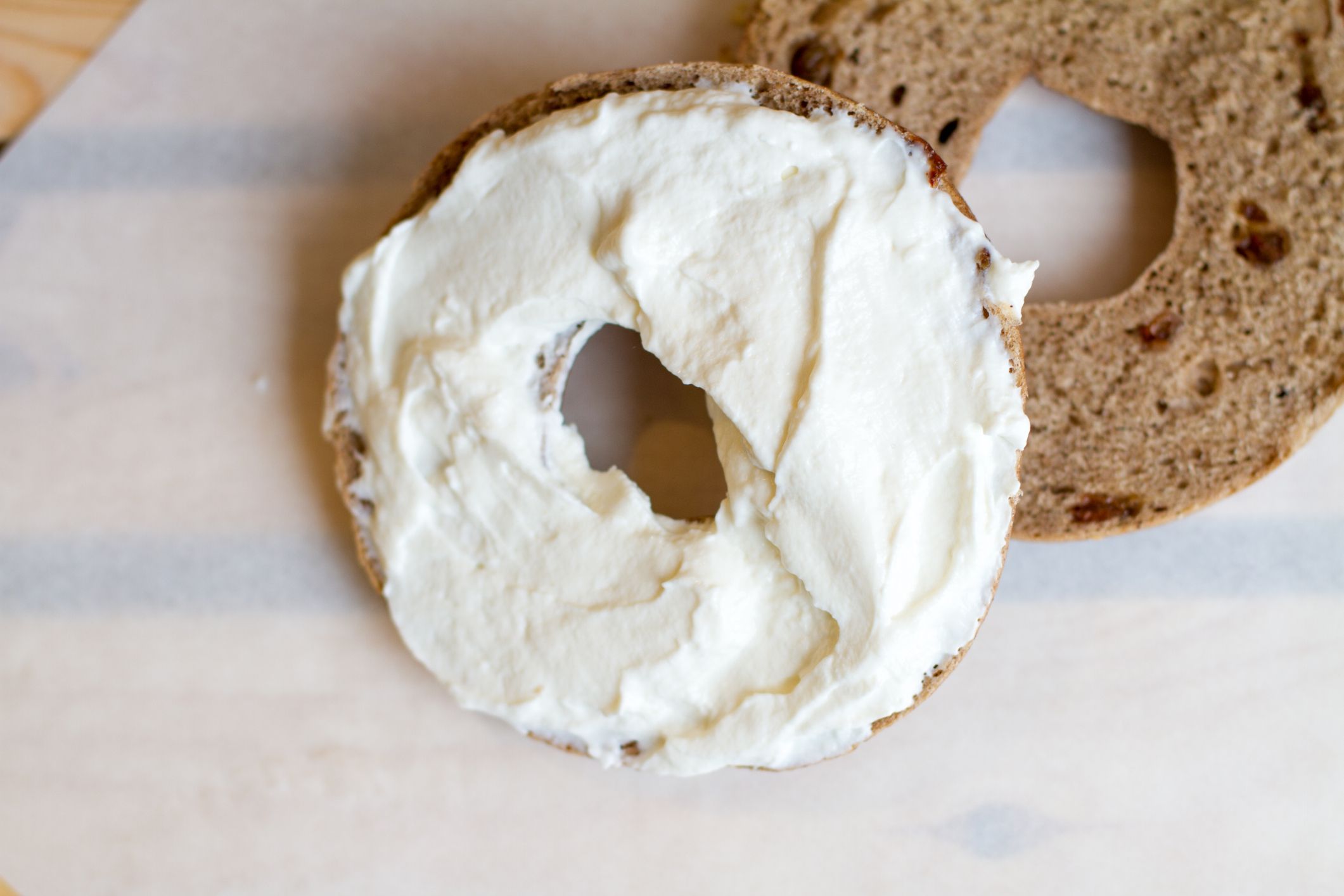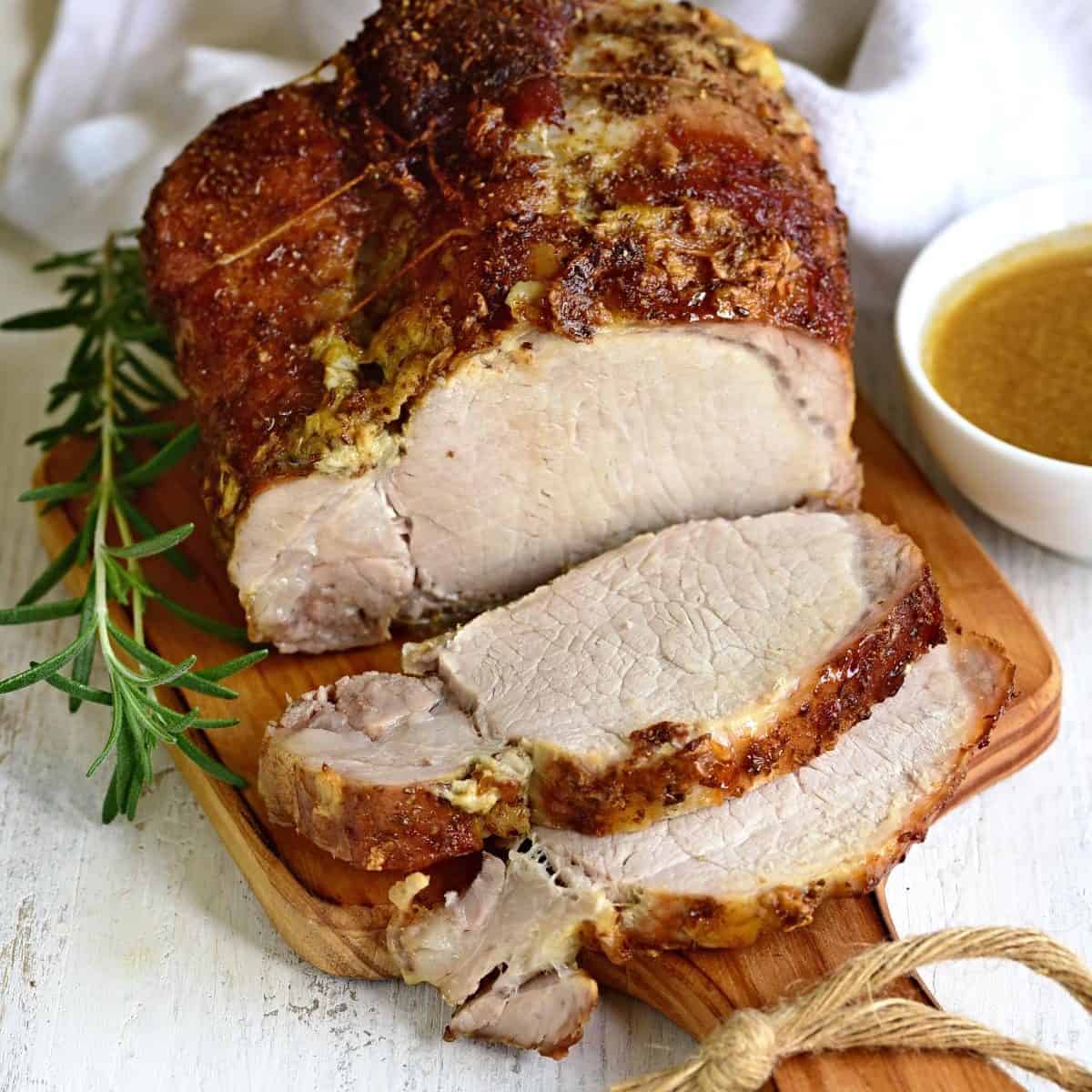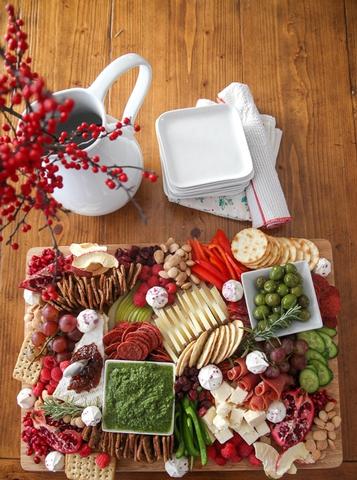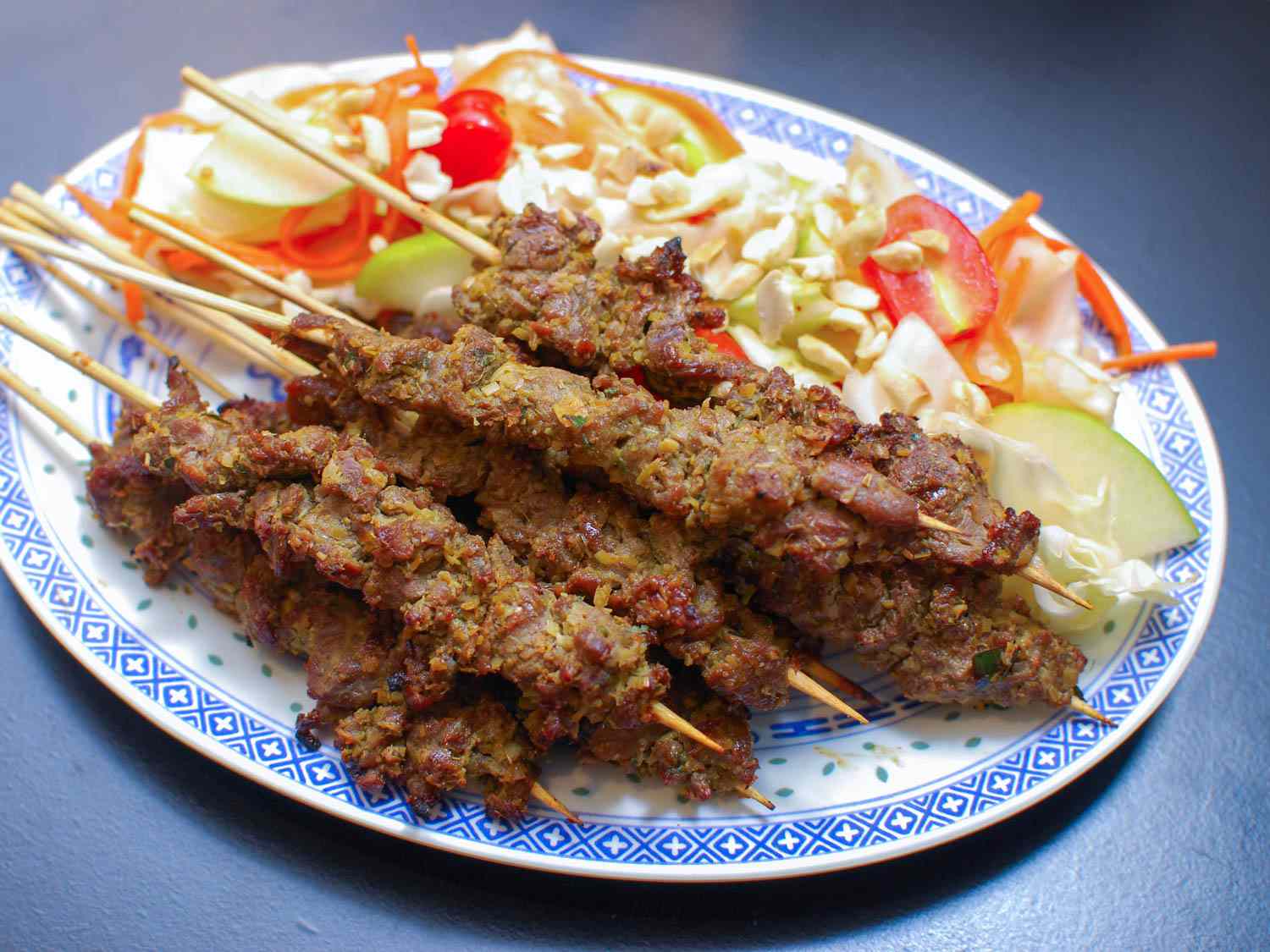
Introducing the Steak Stick: A Delicious and Convenient Grilled Delight. Savor the perfect blend of succulent, tender steak and smoky flavors, all conveniently packed into a convenient stick. Whether you’re grilling at home or on-the-go, these savory delights are guaranteed to satisfy your cravings for a mouthwatering meaty treat. Get ready to elevate your snacking experience with the Steak Stick – a true carnivore’s delight!
Beef on a Stick: Recipe and How-to Guide
Chinese food is a beloved cuisine in many families, but rising prices at local restaurants can make it difficult to enjoy regularly. To recreate some of our favorite dishes at home, one recipe I love is beef on a stick. For this recipe, flank steak or skirt steak works best, depending on which option is more affordable. Skirt steak has more fat, which can be beneficial for those who prefer their meat well-done. Both cuts should be cooked at high heat to rare/medium-rare to maintain tenderness.
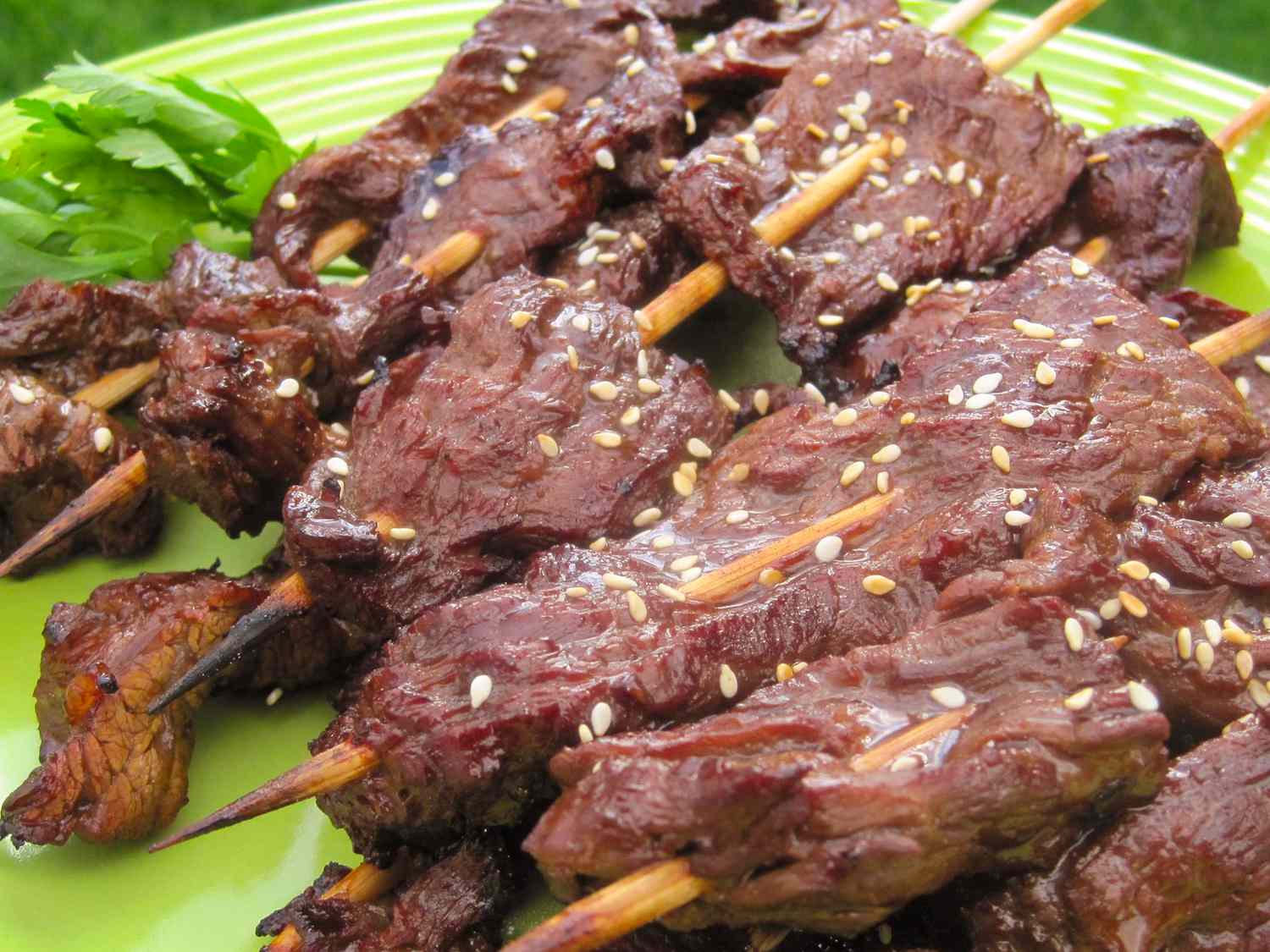
When buying beef, it’s important to understand the grading system. While all beef in the United States is inspected for wholesomeness, grading for quality is voluntary and determines factors like marbling and maturity. Although both flank steak and ribeye can have the same grade, ribeye is often considered more desirable due to increased intramuscular fat. However, choosing lesser-known cuts like flank steak can provide great quality and quantity of meat at a lower cost.
To prepare the beef for cooking, open the vacuum-sealed package and pat dry with paper towels. Avoid washing raw beef in the sink as it can lead to cross-contamination. Cut the beef into uniform strips against the grain for better texture and tenderness. While removing excess fat may seem tempting, it won’t make much difference since flank steak is already relatively lean.
What Type of Beef to Use?
When making beef on a stick, it is recommended to use either flank steak or skirt steak. Both cuts of meat work well for this recipe, and the choice between them depends on personal preference and budget. Flank steak is often considered the best option as it is lean and tender. Skirt steak, on the other hand, has more fat which can add flavor and moisture to the meat when cooked.
To ensure that the beef remains tender, it is important to cook both flank steak and skirt steak at high heat to rare/medium-rare. Overcooking these cuts will result in dry meat. It is also crucial to cut the beef into uniform strips against the grain. This improves the texture and makes it easier to chew.
USDA Grading?
USDA grading is a voluntary process that assesses the quality of beef based on factors such as marbling (fat within the lean meat) and maturity. The three main grades are Prime, Choice, and Select. These grades not only apply to specific cuts of meat but also to the entire animal or split body of the cow. While flank steak and other cuts may be graded, some cuts like Ribeye tend to have a higher grade due to increased marbling and desirability.
Grading allows consumers and businesses to make informed choices about the quality of beef they purchase. It ensures that beef meets certain standards in terms of flavor, tenderness, and overall eating experience. While all beef in the United States is inspected for wholesomeness, grading provides an additional level of assessment for quality.
One advantage of using cuts like flank steak or skirt steak is their affordability. These cuts are often sold at a lower cost compared to more premium cuts like Ribeye. This makes them a great option for creating dishes like beef on a stick at home without breaking the bank. Despite being leaner, both flank steak and skirt steak can be tender if cooked properly and not overcooked.
How to Prepare Beef on a Stick
To prepare beef on a stick, start by removing the flank steak from its packaging and discarding the packing in the trash. Pat dry the flank steak with paper towels. Take a sharp knife and cut the flank steak against the grain into strips. It is important to cut the strips uniformly so that they cook and finish at the same time on the grill. Cutting against the grain also improves tenderness.
In a large mixing bowl, combine ¼ cup soy sauce, ¼ cup rice vinegar, 3 tablespoons gochujang, 2 tablespoons of sesame oil, 2 tablespoons of freshly grated ginger, and 6 stems of scallions (with whites roots/whites removed). Mix all these ingredients until fully incorporated. Place the beef strips into a one-gallon storage bag and then put this bag into another one-gallon storage bag to prevent leaks in the refrigerator.
Pour the marinade into the first bag with the beef strips, trying to remove as much oxygen as possible before sealing it. Repeat this step for the second bag. Massage the marinade into the beef and marinate it for at least 12 hours but no longer than 24 hours to avoid meat deterioration. Throughout this time period, flip the bags over occasionally to ensure all parts of the beef are fully marinated.
Slicing the Steak for Beef on a Stick
When preparing beef on a stick, it is essential to slice the steak properly to ensure tender and flavorful results. The preferred cuts for this recipe are flank steak or skirt steak, both of which should be cooked at high heat to rare or medium-rare for optimal tenderness. To begin, remove the flank steak from its packaging and discard any packaging materials. Use a sharp knife to cut the flank steak against the grain into uniform strips. This not only ensures even cooking but also enhances the eating experience by making the meat more tender.
The next step in creating delicious beef on a stick is marinating the sliced beef. In a large mixing bowl, combine ¼ cup soy sauce, ¼ cup rice vinegar, 3 tablespoons gochujang (Korean chili paste), 2 tablespoons of sesame oil, 2 tablespoons of freshly grated ginger, and 6 stems of scallions (with whites roots/whites removed). Mix these ingredients thoroughly until fully incorporated. Place the beef strips into a one-gallon storage bag and then place that bag into another one-gallon storage bag for added protection against leaks. Pour the marinade into the first bag with the beef, remove as much air as possible before sealing both bags tightly. Allow the beef to marinate in the refrigerator for at least 12 hours, but no longer than two days to prevent deterioration.
Once your beef has marinated sufficiently, it’s time to prepare it for grilling. Drain excess marinade into a trash bin, as it is now contaminated with raw meat and cannot be saved or reused. Carefully place the beef strips onto a serving tray and use wooden skewers to secure them in a cross-hatch pattern, ensuring they stay on the stick during grilling. The cooking method will depend on your grill type and skewer material. If using a charcoal grill with wooden skewers, soak the skewers in water overnight to prevent combustion. Gas or pellet grills do not require soaking. Set your grill to high heat or 450°F and position the beef-skewers away from the hot zones. Grill for approximately 10 minutes, flipping once to ensure even cooking. For a charred exterior, place each skewer on the hot zones for an additional 1-2 minutes per side.
Preparing the Marinade
To make the marinade for beef on a stick, combine ¼ cup soy sauce, ¼ cup rice vinegar, 3 tablespoons gochujang, 2 tablespoons of sesame oil, 2 tablespoons of freshly grated ginger, and 6 stems of scallions (with whites roots/whites removed) in a large mixing bowl. Mix the ingredients thoroughly until fully incorporated.
After cutting the flank steak into strips against the grain, place them in a one-gallon storage bag. Then, put the beef-laden bag into another one-gallon storage bag to prevent leaks. Pour the marinade into the first bag and try to remove as much oxygen as possible before sealing it. Repeat this process for the second bag. Massage the marinade into the beef and marinate for at least 12 hours, flipping the bag over throughout the day to ensure all parts of the beef are fully marinated.
Once marinated, discard any excess marinade and place the beef strips on a serving tray. Using wooden skewers in a cross-hatch pattern, thread each strip onto a skewer to secure them. Set your grill to high heat or approximately 450F if using a pellet grill with PID mode. Position the beef-skewers away from hot zones on your grill and cook for about 10 minutes. To achieve a charred exterior, you can briefly place each skewer on hot zones for 1-2 minutes per side.
Marinating the Beef
To marinate the beef for beef on a stick, start by removing the flank steak from its packaging and discarding it in the trash. Pat dry the flank steak with paper towels to remove any excess moisture. Use a sharp knife to cut the flank steak against the grain into uniform strips.
In a large mixing bowl, combine ¼ cup soy sauce, ¼ cup rice vinegar, 3 tablespoons gochujang, 2 tablespoons of sesame oil, 2 tablespoons of freshly grated ginger, and 6 stems of scallions (with whites roots/whites removed). Mix these ingredients until fully incorporated.
Place the beef strips into a one-gallon storage bag and then place that bag into another one-gallon storage bag. This double-bagging technique helps prevent leaks in the refrigerator. Pour the marinade into the first bag with the beef strips, trying to remove as much oxygen as possible before sealing it. Repeat this process for the second bag.
Putting the Beef on a Stick (Skewer)
After draining most of the marinade, place the beef strips on a tray or plate. To put the beef on a stick, it is recommended to use a cross-hatch pattern. This pattern helps keep the beef secure on the skewer, preventing it from sliding off during cooking. Take a wooden skewer and carefully thread it through each strip of beef, making sure to go through both ends. Repeat this process for all the beef strips.
For cooking the beef on a stick, it is important to consider the type of grill you have and the material of your skewers. If you have a charcoal grill and are using wooden skewers, it is advisable to soak them in water overnight to prevent them from burning during cooking. However, if you have a gas or pellet grill, soaking the skewers is not necessary as you can easily control hot zones.
Once ready to cook, preheat your grill to high heat or around 450°F. Place the beef skewers away from the hot zones of your grill (such as front and back) and towards the center. This will ensure even cooking without drying out the meat. Flank steak typically cooks quickly and should be grilled for approximately 15-20 minutes on high heat. Skirt steak can be cooked longer due to its higher fat content.
After grilling for 15 minutes, remove the beef skewers from the grill and let them rest for a few minutes before serving. Beef on a stick can be enjoyed as is without any additional sauces or condiments as it has its own flavorful marinade. However, if desired, Bachan’s Hot and Spicy Japanese Barbecue sauce is a great option to accompany the beef skewers.
Beef on a stick is a delicious and satisfying dish that can be enjoyed as an appetizer, main course, or even as part of a buffet spread. It captures the flavors of Chinese cuisine and can be easily prepared at home for family gatherings or parties. With the right ingredients and cooking techniques, you can create restaurant-quality beef on a stick in the comfort of your own kitchen.
Grilling the Beef on a Stick
To grill the beef on a stick, start by preheating your grill to high heat. If you have a charcoal grill and are using wooden skewers, make sure to soak them in water overnight to prevent them from burning. Drain most of the marinade from the beef strips and place them on a tray or plate.
When putting the beef on the stick, use a cross-hatch pattern to secure the meat and keep it from sliding off. Place the beef sticks away from the hot zones of your grill and towards the center to ensure even cooking. Flank steak should only be cooked for about 15-20 minutes over high heat, as overcooking can lead to dryness. Skirt steak can be cooked longer if desired, as its higher fat content helps retain moisture.
After approximately 15 minutes on the grill, remove the beef sticks and they are ready to enjoy. Beef on a stick is delicious on its own, but you can also serve it with your favorite dipping sauce if desired. Try Bachan’s Hot and Spicy Japanese Barbecue sauce for an extra kick of flavor.
Final Thoughts
Beef on a stick is a delicious and popular dish in Chinese cuisine, and with this recipe, you can recreate it at home. Using flank or skirt steak, marinated in a flavorful mixture of soy sauce, rice vinegar, gochujang, sesame oil, grated ginger, and scallions, the beef becomes tender and packed with flavor. The key to success is not overcooking the meat to avoid dryness.
Grading of beef is an important factor to consider when purchasing meat. While all beef in the United States undergoes inspection for wholesomeness paid for by tax dollars, grading for quality is voluntary. The grading process analyzes factors such as marbling and maturity to determine the quality of the meat. Understanding that different cuts of meat from the same animal may have different grades can help you find great cuts of meat at a relatively low cost.
To achieve the best results with this recipe, it’s important to follow certain steps carefully. From properly cutting the beef into uniform strips against the grain to marinating it for at least 12 hours (but no longer than two days) to allow the flavors to penetrate the meat thoroughly. Additionally, soaking wooden skewers overnight if using a charcoal grill is recommended to prevent them from combusting.

Beef on a Stick Recipe
Create your own delicious beef on a stick at home with this easy-to-follow recipe. Whether you prefer flank steak or skirt steak, both options will result in tender and flavorful meat that rivals your favorite Chinese take-out place. Marinate the beef for 12-24 hours to infuse it with a delectable blend of soy sauce, rice vinegar, gochujang, sesame oil, freshly grated ginger, and scallions. Cut the marinated beef into uniform strips against the grain for optimal tenderness. Skewer the beef using a cross-hatch pattern to prevent them from sliding off during grilling.
Grill the beef skewers over high heat for 15-20 minutes, until they are cooked to your desired level of doneness. Be careful not to overcook the meat as flank and skirt steaks can become dry if cooked for too long. Once grilled, serve the beef on a stick as is or pair it with your favorite dipping sauce such as Bachan’s Hot and Spicy Japanese Barbecue sauce for an extra kick of flavor.
This homemade beef on a stick recipe is perfect for satisfying cravings for Chinese food without breaking the bank. Enjoy these succulent and flavorful skewers that taste just as good, if not better than what you would find at your local Chinese restaurant.
Equipment
To make beef on a stick, you will need the following equipment:
- Sharp knife
- Large mixing bowl
- Two 1-gallon storage bags
- Serving tray or plate
- Wooden skewers
- Pellet grill or charcoal grill (if using wood skewers)
Ingredients
– 2.5 lbs flank steak
– ¼ cup soy sauce
– ¼ cup rice vinegar
– 3 tablespoons gochujang
– 2 tablespoons sesame oil
– 2 tablespoons freshly grated ginger
– 6 stems of scallions (with whites roots/whites removed)
Marinade
The marinade for beef on a stick consists of a flavorful combination of ingredients. In a large mixing bowl, combine ¼ cup soy sauce, ¼ cup rice vinegar, 3 tablespoons gochujang (Korean chili paste), 2 tablespoons of sesame oil, 2 tablespoons of freshly grated ginger, and 6 stems of scallions (with whites roots/whites removed). Mix the ingredients thoroughly until they are fully incorporated.
To marinate the beef, you will need two one-gallon storage bags. Place the beef strips inside one bag and then place that bag inside the other to prevent leaks. Pour the marinade into the first bag with the beef. Before sealing the bag, try to remove as much oxygen as possible and then seal it. Do the same for the second bag. Massage the marinade into the beef to ensure it is fully coated. Marinate the beef for at least 12 hours, but no longer than two days to avoid deterioration.
If using wooden skewers with a charcoal grill, soak them in water overnight to prevent them from combusting due to direct contact with heat. If using a gas or pellet grill, soaking is not necessary. After marinating, drain excess marinade into trash as it is now contaminated with raw meat. Place the beef strips on a tray or plate and use a cross-hatch pattern to secure them onto skewers. On a pellet grill set at high heat (around 450F), position the beef skewers away from hot zones and grill for approximately 10 minutes or until desired doneness is reached.
Instructions
1. Remove the flank steak from the packaging and discard the packaging in the trash. Pat dry the flank steak with paper towels.
2. Use a sharp knife to cut the flank steak against the grain into strips. It’s important to cut against the grain to ensure tenderness.
3. In a large mixing bowl, combine ¼ cup of soy sauce, ¼ cup of rice vinegar, 3 tablespoons of gochujang, 2 tablespoons of sesame oil, 2 tablespoons of freshly grated ginger, and 6 stems of scallions (with white roots/whites removed). Mix until fully incorporated.
4. Place the beef strips into a one-gallon storage bag and then place that bag into another one-gallon storage bag. This double-bagging method helps prevent leaks in the refrigerator.
5. Pour the marinade into the storage bag with the beef and seal both bags, removing as much air as possible before sealing. Massage the marinade into the beef to ensure even coating. Marinate for at least 12 hours, flipping the bag over throughout the day to marinate all parts of the beef evenly.
6. After marinating, discard excess marinade and place the beef strips on a serving tray.
7. Using wooden skewers, thread each strip of beef onto a skewer in a cross-hatch pattern to keep them secure while grilling.
8. Preheat your grill to high heat or set it to 450°F on PID mode if using a pellet grill. Position the beef-skewers away from hot zones on your grill to prevent overcooking.
9. Grill the beef skewers for approximately 10 minutes, turning occasionally for even cooking.
10. For a charred finish, place each skewer on the hot zones of your grill for 1-2 minutes on each side.
11. Remove the beef skewers from the grill and serve immediately. They can be enjoyed as-is or paired with a sauce of your choice, such as Bachan’s Hot and Spicy Japanese Barbecue sauce.
Create the Marinade
To make the marinade for the beef on a stick, combine ¼ cup of soy sauce, ¼ cup of rice vinegar, 3 tablespoons of gochujang, 2 tablespoons of sesame oil, 2 tablespoons of freshly grated ginger, and 6 stems of scallions (with whites roots/whites removed) in a large mixing bowl. Mix the ingredients thoroughly until fully incorporated.
Place the beef strips into a one-gallon storage bag and then place the beef-laden bag inside another one-gallon storage bag to prevent leaks. Pour the marinade into the first bag with the beef. Before sealing the bags, try to remove as much air as possible and then seal them tightly. Massage the marinade into the beef to ensure it is evenly coated. Marinate the beef for at least 12 hours in the refrigerator, flipping the bag over throughout the day to ensure all parts of the beef are fully marinated.
After marinating for 12-24 hours, remove most of the excess marinade from the beef by carefully dumping it into a trash can. Place the beef strips on a serving tray. Using wooden skewers, follow a cross-hatch pattern to thread each strip onto a skewer. Set your grill to high heat or around 450F if using a pellet grill. Position the beef-skewers away from hot zones on your grill and cook for approximately 10 minutes. For added charred flavor, you can place each skewer on hot zones for 1-2 minutes on each side before removing them from the grill.
Marinate the Beef
To marinate the beef, start by removing the flank steak from its packaging and discard the packing in the trash. Pat dry the flank steak with paper towels to remove any excess moisture. Then, use a sharp knife to cut the flank steak against the grain into strips. This will help make the meat more tender and easier to chew.
In a large mixing bowl, combine ¼ cup of soy sauce, ¼ cup of rice vinegar, 3 tablespoons of gochujang (Korean chili paste), 2 tablespoons of sesame oil, 2 tablespoons of freshly grated ginger, and 6 stems of scallions (with whites roots/whites removed). Mix these ingredients until they are fully incorporated and form a marinade.
Place the beef strips into a one-gallon storage bag and then put this bag into another one-gallon storage bag. This double-bagging method prevents leaks in the refrigerator and acts as an extra barrier. Pour the marinade into the first bag with the beef strips. Before sealing both bags, try to remove as much oxygen as possible to ensure better marination. Massage the marinade into the beef to ensure even distribution.
Putting the Beef on the Stick
To put the beef on the stick, start by draining most of the marinade from the beef strips. Place the strips on a tray or plate for easy access. When putting the beef on the stick, it is recommended to use a cross-hatch pattern rather than simply sliding it up. This pattern helps to secure the beef onto the stick and prevents it from falling off during grilling.
For grilling, preheat your grill to high heat or around 450°F. If you have a charcoal grill and are using wooden skewers, soak them in water overnight to prevent them from burning. On a pellet grill, position your beef-skewers away from hot zones, which are usually located at the front and back of the grill. Instead, place them towards the center for even cooking.
Grill your beef skewers for approximately 10 minutes in total. Flank steak cooks quickly and should be grilled on high heat for about 15-20 minutes in total; any longer can cause it to dry out. For added flavor and char, you can place each skewer on the hot zones of your grill for 1-2 minutes on each side.
Enjoy your delicious homemade beef on a stick! It is a flavorful and tender dish that rivals many local Chinese take-out spots. While it is tasty enough to enjoy on its own, you can also pair it with a sauce like Bachan’s Hot and Spicy Japanese Barbecue sauce if desired.
Grilling the Beef on a Stick
To grill the beef on a stick, start by preheating your grill to high heat or 450F. If you have a charcoal grill and wooden skewers, make sure to soak the skewers overnight to prevent them from combusting. Drain most of the marinade from the beef strips and place them on a tray or plate.
Next, thread the beef strips onto the skewers in a cross-hatch pattern to ensure they stay secure while grilling. Place the skewers away from the hot zones of your grill, towards the center. Flank steak cooks quickly, so it only needs about 15-20 minutes of grilling time on high heat.
Avoid overcooking the meat as this will result in dry beef on a stick. If using skirt steak, its higher fat content will help prevent drying out, making it more forgiving if some eaters prefer well-done meat. After 15 minutes of grilling, remove the beef skewers from the grill and they’re ready to be enjoyed!
Beef on a stick is a delicious Chinese take-out favorite that you can easily recreate at home. This recipe yields tender and flavorful beef with an authentic taste that rivals many local spots. While it’s delicious on its own, you can also pair it with sauces like Bachan’s Hot and Spicy Japanese Barbecue sauce for an extra kick of flavor.
In conclusion, steak sticks offer a convenient and delicious way to enjoy high-quality meat on the go. Their portable nature makes them perfect for snacks, picnics, or quick protein boosts. With their rich flavor and tender texture, steak sticks are a tasty option that satisfies carnivores and busy individuals alike.
Learn More About Grilling
If you want to learn more about grilling, check out these other helpful resources!

